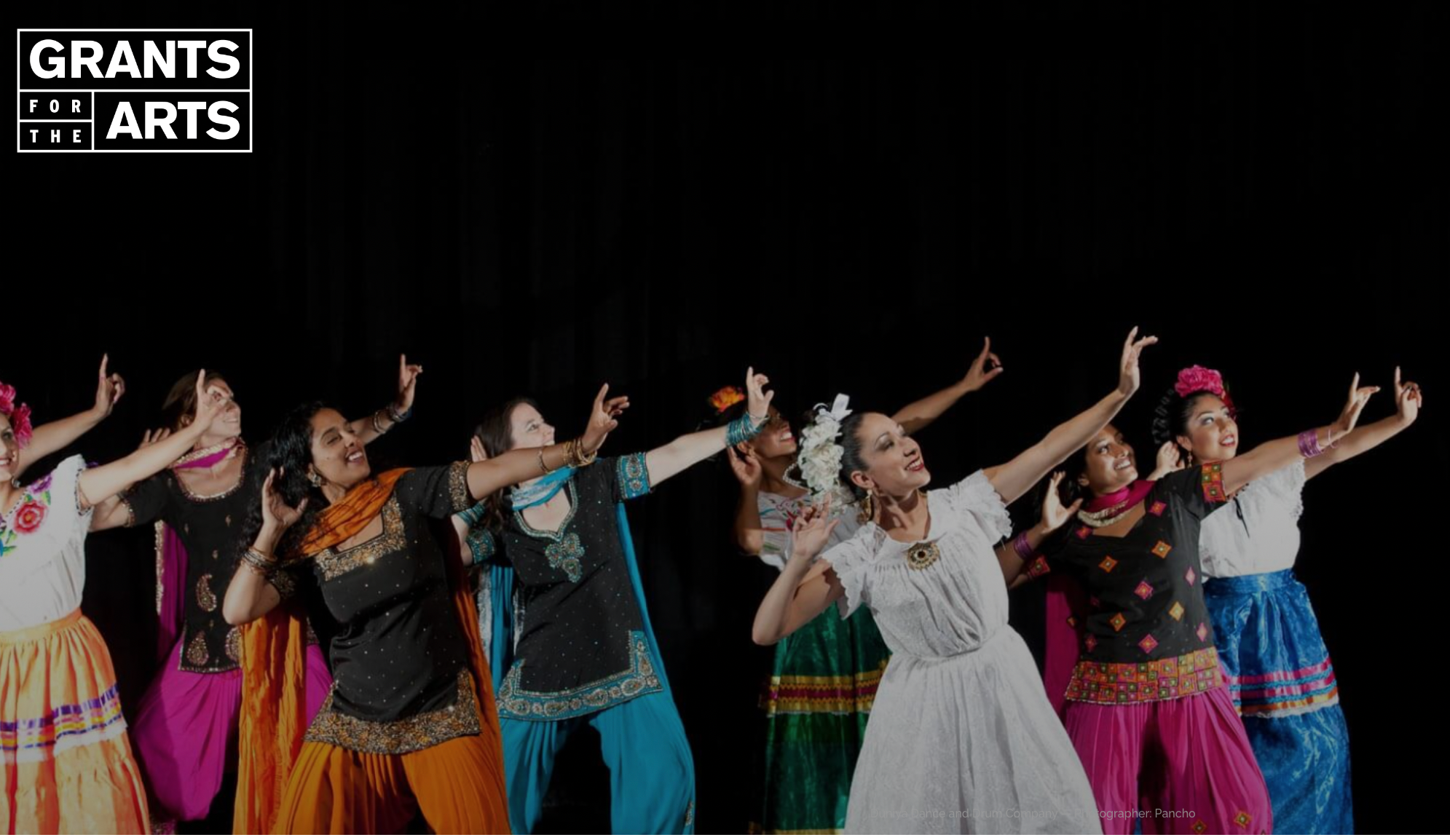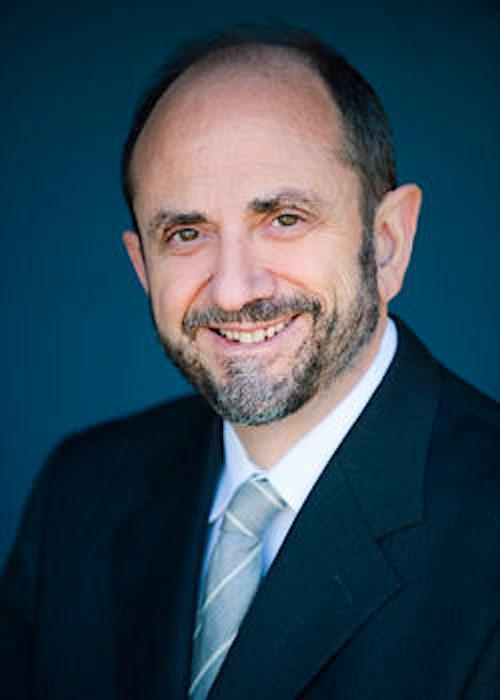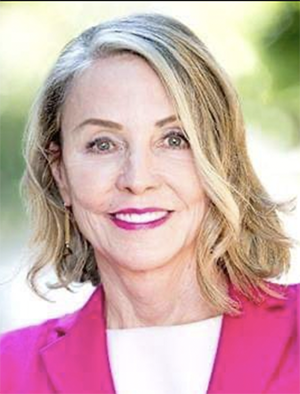
COVID and the lack of audiences and income that followed were not the only disasters striking San Francisco arts organizations recently.
Change in the leadership, direction, and procedures of the SF Grants for the Arts reduced or eliminated support for dozens of organization, big and small. To make the situation worse, executives of the organizations losing vital support would not go on record, fearing more trouble in the future. One complained frequently, stating each time: “Don’t quote me!”
But six months ago, thanks to Chamber Music San Francisco Executive Director Daniel Levenstein speaking up — alone among the many hurt by new rules and application forms, and lack of communication — SF Classical Voice broke the story in January about the muted controversy over SF Grants for the Arts’ current emphasis on diversity over all other considerations.

SF Chronicle recently followed up as more executives joined Levenstein’s complaint. It’s now time for an update of what was the “nut” of the story from Levenstein six months ago:
“SF Grants for the Arts, which cut our allocation from $50,000 (which was 10 percent of our budget) to zero, [has a new scoring program].
“In the new GFTA, every organization is scored annually on a framework that rigorously prioritizes community involvement, service to communities of color, etc. and pays no heed to either artistic quality or the capacity to attract visitors to the city.”
During the same time Chamber Music SF lost its funding, Philharmonia Baroque Orchestra’s grant dropped from $137,000 to zero, Smuin Ballet’s from $160,000 to $85,000, and Chanticleer’s from $158,000 to $30,000.
Attracting visitors is the reason for the creation of the program, which is financed from hotel charges to the visitors, who visit, in part, to enjoy the city’s cultural and entertainment institutions and performances.
Jim Meehan, long active as a donor and past board member for several local organizations, told SF Classical Voice about the current situation:
“I downloaded the same data as everyone else did, and I have lots of charts that show the cuts in different ways, but for me, the bottom line is this:
“Of the organizations applying for grants in FY23, 37 were music organizations. 11 of those (30 percent) got no money at all [and others had deep cuts].
“I know how precious grants are, and what a nightmare it is to lose funding, especially when your grant is cut to zero. I applaud Daniel Levenstein for going public about this. No organization wants to show fear about finances, but it’s important that the victims of this misguided decision speak out.”
For “downloading data” yourself, consider the GFTA’s annual report.
Some of the current trouble is due to the GFTA’s income problems: for almost two years of COVID, San Francisco hotels were empty and hotel taxes plunged precipitously.
Recovery began in 2022 and for fiscal year 2023, which ended last Friday, the $13.4 million the agency received from the hotel tax was down by more than $2 million from its pre-pandemic total. Further, GFTA Director Vallie Brown deemphasized the importance of budget variations in giving strategy (see below).

About the rationale for Grants, pre-COVID fiscal figures are staggering:
Looking back in 2018, “Over 3,500 nightlife establishments citywide employ over 60,000 workers, and generated $6 billion in 2015. The nightlife industry supported the city’s economy by purchasing $1.6 billion in services and supplies from local businesses, ranging from food and beverages to performers.” And that’s just a part of the “arts business,” which also includes museums, performances, and outside “nightlife.”
SF Opera, SF Symphony, and SF Ballet alone attract thousands of visitors, who spend millions of dollars while in the city. Even larger numbers are attracted by all San Francisco’s other cultural, entertainment, and culinary offerings.
Nationally, performing arts presenters contributed over $14.3 billion to the economy in 2022. Internationally, in Europe and Asia, government support for the arts is constant, even during an economic downturn — not only for historic and aesthetic reasons, but because of the return on that investment.
During one of the recent budget crises in the United Kingdom, amid threats to arts support, research showed arts and culture have overtaken agriculture in terms of their contribution to the U.K. economy, earning £10.8bn ($13.8 billion).
So the economic rationale for supporting the arts is clear — as is the difficulty of distributing funds among organizations with equal claims, all believing in the priority of their needs.
Kary Schulman, the program’s director for 38 years, had her share of complaints, but she managed to inform applicants and remain clear about the rules.
In 2011, SF Classical Voice greeted the half-century history of the Grants for the Arts, which contributed “over $300 million to aid hundreds of nonprofit cultural organizations in the city.
“It is a big deal in a country where municipalities — and lately, even states — don’t bother with the arts, however important they are for revenues from tourism, in addition to the intangible benefits for all,” we wrote.
But even then, and increasingly over the years, GFTA was under constant scrutiny and attacks. In 2014, San Francisco City Arts Agency was docked $384,000 by the Board of Supervisors’ Budget & Finance Committee for “perpetuating a policy of discrimination.” The committee expressed frustration and disappointment at the Grants for the Arts’ “inability to address the issue of cultural equity.”
The Supervisors’ action came after committee members expressed concern that GFTA awarded only 23 percent of its funds to organizations whose “artistic programs authentically reflect the lives and experiences of San Francisco’s culturally diverse residents.”
And now, with criticism turning around, faulting the funder for too much emphasis on diversity, GFTA Director Vallie Brown told SF Classical Voice in January (she was not available during the Fourth of July holiday):
“Mayor London Breed, who believes culture and arts are essential for San Francisco, assured continued funding, and it’s our mission to make sure funds have a fair and equitable distribution.”
Brown asserted that the money is now spent more equitably than when she became director two years ago, “as we are opening the door to new organizations, to the underfunded and underserved.”
Brown emphasized that changes were not the result of income cuts, as the organization’s $12 million budget during the pandemic has been maintained even when the hotel tax funding was diminished by the disappearance of visitors to the city.
Many, even those not affected by cuts in funding, are frustrated by the overemphasis on diversity, and the problems with GFTA’s direction and communication, which Levenstein now describes in these terms:
“This is corruption, pure and simple. These people constitute a little clique and reek of entitlement, clearly feeling that they are accountable to nobody.
“They certainly don’t care about quality; their stated priority is to allocate funds to ‘underserved communities’ by which they largely mean communities of color. This is the mayor’s intent, and the mission and methods of the GFTA have been reverse-engineered to make it happen.
“Something should be done to restore the previous mission and methods. Not only for San Francisco’s reputation (already tarnished these days) but because the city needs to bring the tourists back, who are attracted by arts of high quality, not of DEI [Diversity, Equity, and Inclusion]. The original design, and the ‘virtuous circle’ it embodied, was the one that other cities around the country used to model their own such programs.”
Artist Laurel Ann Winzler says: “While these factors are worth consideration, why not give people a chance to meet the new criteria going forwards, instead of what seems a retroactive assessment, rather than making such devastating cuts?”
Among the many organizations dealing with funding for the arts, Californians for the Arts has copious information on the subject.

Solo Opera Executive Director Sylvia Amorino wrote to SF Classical Voice:
“Funding is definitely being cut back for the arts in California. As our Governor is dealing with a budget deficit, the arts are the first thing to get cut. SB1116, which we all were advocating for, the equitable payroll fund to help small performing arts nonprofits, was passed by the politicians, but not funded.
“Grants and donations are way down. On the other hand, with our upcoming The Three Feathers opera for September 2023, we are finding [the costs of] all aspects of opera production to have increased significantly from our last 2021 Scalia/Ginsburg opera.
“This is especially true on the production side, where there is a shortage of personnel after COVID times. Many moved away and the ones left here in the Bay Area are so busy and overbooked. And, of course, there is still the issue of the extra costs of complying with AB5 and making everyone employees. Add this all together, and it makes for a very challenging time for the arts in California.”
With all changes and new problems, that’s what remains the same: challenging time for the arts.



